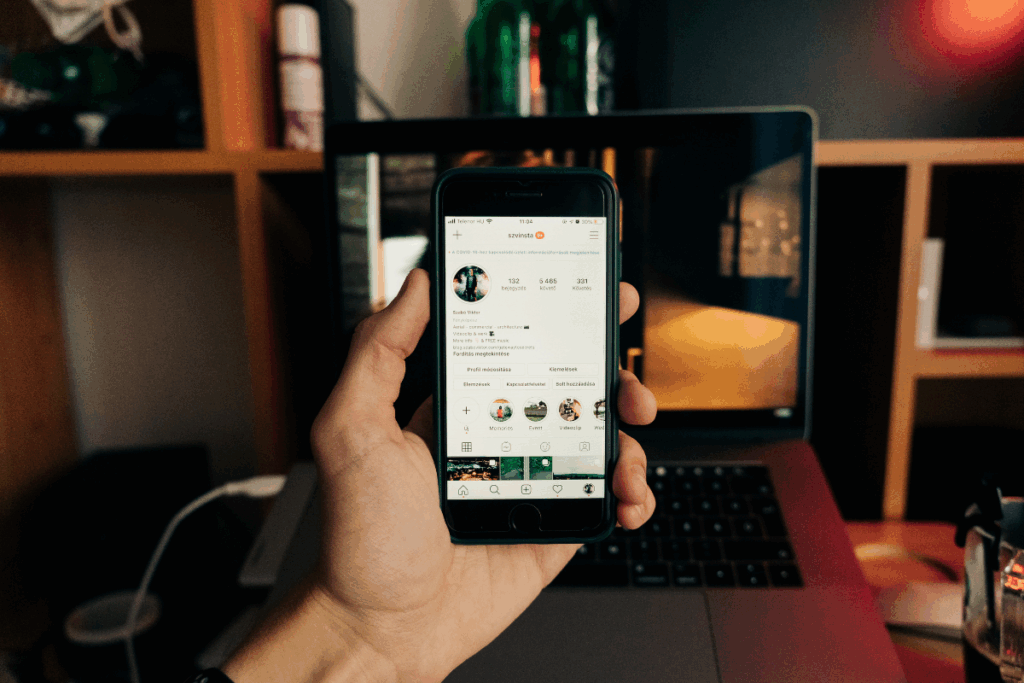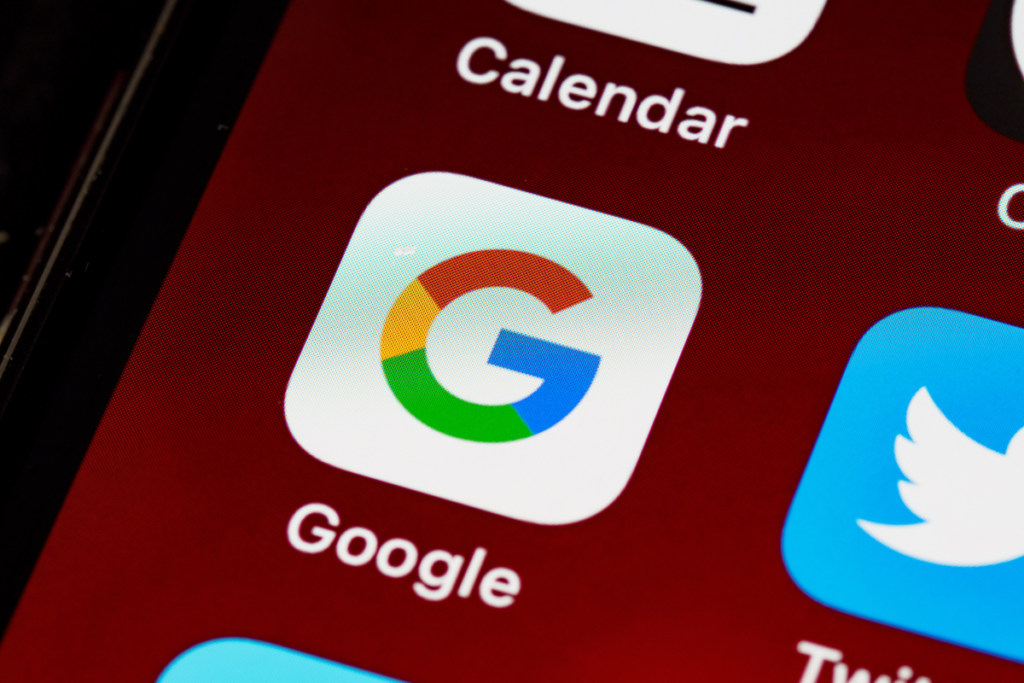
Paid marketing is an essential part of any business strategy. With so many platforms and tools available, it’s easy to get lost in the noise and waste time and money on ineffective campaigns. That’s where targeting and segmentation come in.
By narrowing down your target audience and segmenting them based on specific criteria, you can make sure that your ads are seen by the people who are most likely to be interested in what you’re offering.
This not only helps you save money but also increases the chances of converting those viewers into customers. There’s always more to learn whether you’re new to advertising or looking to improve your existing campaigns!
What is Targeting and Segmentation in Paid Marketing?
Targeting and segmentation are two big words that describe an important part of paid marketing. Simply put, they’re about finding the right people to show your ads to.
Targeting means picking out the right audience based on things like age, gender, location, interests, and behaviour.
Segmentation goes a step further by breaking down that audience into smaller groups based on more specific things like what they’ve bought before or what they’re interested in right now.
By doing this, you can make sure your ads are seen by the people who are most likely to be interested in what you’re offering. This can help you get better results from your advertising and make more money from your investment.
Why is Targeting and Segmentation Important?
Targeting and segmentation are essential for paid marketing because they help businesses reach the right audience at the right time, with the right message.
When you know exactly who you’re targeting, you can create ads that are more relevant and personalised. It helps you save money by avoiding wasted impressions on people who aren’t interested.
By focusing on the people who are most likely to buy from you, you can increase your conversion rates and get a better return on investment (ROI) for your advertising spend.
The Benefits of Targeting and Segmentation for Paid Marketing
Targeting and segmentation helps you connect with your ideal audience. Understanding your customers’ needs, preferences, and behaviours increases the chances of conversion and customer loyalty.
As you can create ads that are more relevant and personalised. They’ll feel more connected to your business through resonating with them on a deeper level.
This also helps you to improve your brand image through the creation of a stronger connection with your target audience. By delivering a message that resonates with them, you can build trust and
loyalty, leading to repeat business and encouraging word-of-mouth referrals.
Targeting and segmentation provides valuable insights into your customers’ behaviour, which you can use to refine and improve your marketing strategies over time.
By monitoring your audience’s response to your ads, you can adjust your targeting and segmentation criteria accordingly and optimise your campaigns for better results.
Tools and Techniques for Effective Targeting and Segmentation
Creating effective targeting and segmentation strategies is crucial for the success of your paid advertising campaigns.
To start with, you need to determine who your target audience is. Pinpoint their specific needs, interests, and behaviours. This will help you determine which targeting and segmentation criteria to use, such as age, gender, location, interests, purchase history, and more.
Once you have a clear understanding of your audience, you can start creating ad campaigns that are tailored to their specific needs and preferences. Make sure to test and refine your targeting and segmentation criteria regularly to ensure that you’re reaching the right people and getting the best results possible.
Additionally, you can use data analytics tools to track your campaigns’ performance and gain insights into your audience’s behaviour, allowing you to make data-driven decisions and refine your strategies over time.
Don’t forget to stay up-to-date with the latest trends and changes in your industry. This can help you adjust the targeting and segmentation criteria accordingly and stay ahead of the competition.
Types of Targeting and Segmentation in Paid Marketing
The different types of targeting and segmentation serve different purposes and help businesses connect with their target audience more effectively.
One of the most common types is demographic targeting and segmentation. It uses criteria such as age, gender, location, and income level to reach a specific audience. For example, a company selling luxury goods might target affluent customers who live in specific areas or postcodes.
Behavioural targeting and segmentation, on the other hand, focuses on user behaviour. Including past purchases, search history, and online activity. To deliver ads that are tailored to their interests and preferences.
Interest-based targeting and segmentation uses data from users’ likes, shares, and follows to identify their interests and deliver relevant ads. For example, a company selling fitness equipment might target users who have liked or followed fitness-related pages on social media.
Retargeting or remarketing is a type of targeting and segmentation that involves showing ads to users who have already interacted with your website or brand. Those who have abandoned cart items or are previous website visitors. This reminds users of products or services they may have been interested in but haven’t yet purchased.
By using a combination of these targeting and segmentation types, it creates more effective ad campaigns that improve ROI.
Get in touch with Chameleon for your Paid Marketing
Targeting and segmentation are the secret ingredients that can take your ad campaigns from good to great!
But we understand that creating these strategies can be tough, which is why our team at Chameleon is here to help!
We’re experts in paid marketing and Google Ads. We can work with you to create personalised campaigns that fit your specific needs.
Don’t hesitate to reach out and contact us today to get started. We can’t wait to help your business grow!
Sections:
Share This Content
More Chameleon Insights
- SEO
Google To Automatically Display Instagram Photos & Videos In Search Results
Starting from July 10th, 2025, Instagram will begin to automatically surface more public photos and videos from professional accounts in search engine results pages. In this blog, we'll breakdown what this means for click and search, and how you capitalise on this emerging trend.
27 Jun 2025
- Digital Marketing
- SEO
How To Optimise For AI Overviews: 7 SEO Tips
In this blog, we’ll breakdown our top 7 SEO tips to optimise your website for AI overviews. Ensure you don’t get left behind by the new AI revolution with Chameleon Web Services.
03 Jun 2025
- Digital Marketing
Huel: A Marketing Case Study
Learn how Huel used cutting-edge marketing techniques to take the nutrition-world by storm. Find out how you can emulate their success. Chameleon Web Services.
30 Apr 2025
- Digital Marketing
- SEO
- Web Design
Google’s Core Update March 2025: 5 Key Tips for Businesses
Instead of worrying about where your site stands, Chameleon is here to help advise you on how your busyness's website can come out stronger, rather than weaker, following Google's Core Update March 2025 update.
28 Mar 2025
- Digital Marketing
The Tesla Pi Phone Hoax: A Digital Marketing Case Study
The Tesla Pi Phone rumor which has been in circulation for years is a fascinating case study in how digital hype can take on a life of its own. But how did it happen? And what can digital marketers learn from it?
14 Mar 2025
- Digital Marketing
- Microsoft
End of an Era: Microsoft Shuts Down Skype
Skype quickly become a globally renowned platform for communications in 2003 when it was founded, disrupting the landline industry. For many families, it became a means of calling with audio and video, connecting people across the world with ease. At its peak, Skype boasted millions of users worldwide, with households and businesses adopting the platform…
07 Mar 2025
- Digital Marketing
- SEO
7 SEO Link-building Strategies that Work in 2025
We l breakdown our top 7 actionable SEO link-building strategies that you can use for your website.
14 Feb 2025
- Digital Marketing
Digital Marketing Trends to Look Out For in 2025
Digital marketing trends to look out for in 2025. Find out what marketing strategies are taking the world by storm this year and how your business can adapt.
31 Jan 2025
- Digital Marketing
Is Blogging Dead in 2025?
In the ever-evolving digital landscape, there is almost an expectation that one year, blogging will finally 'die', with video marketing, social media marketing and AI-generated content all waiting in the wings to take its place. But is blogging really dead in 2025? Well, this blog is here to prove it isn't.
31 Jan 2025
- Digital Marketing
- SEO
Why Local SEO Is More Important Than Ever in 2025
Boost your business in 2025 with expert local SEO strategies from Chameleon Web Services. Drive traffic, build trust, and stay ahead of the competition!
17 Jan 2025
- Digital Marketing
- SEO
SEO For Startups: 10 Essential Tips for Organic Growth
SEO for startups: boost your startup’s online presence with 10 essential SEO tips! Learn strategies for sustained organic growth today from leading SEO agency.
20 Dec 2024
- Branding
- Web Design
Jaguar’s New Logo: Calculated Gamble or Brand Implosion?
Jaguar's New Logo. Is Jaguar's controversial rebrand a bold move for the future or a betrayal of its luxury heritage? Chameleon dives deep into the topic.
06 Dec 2024













